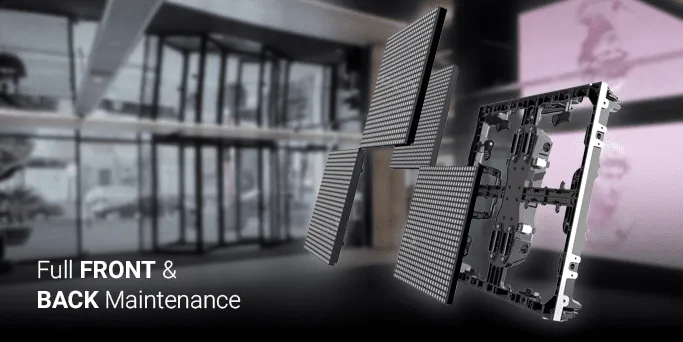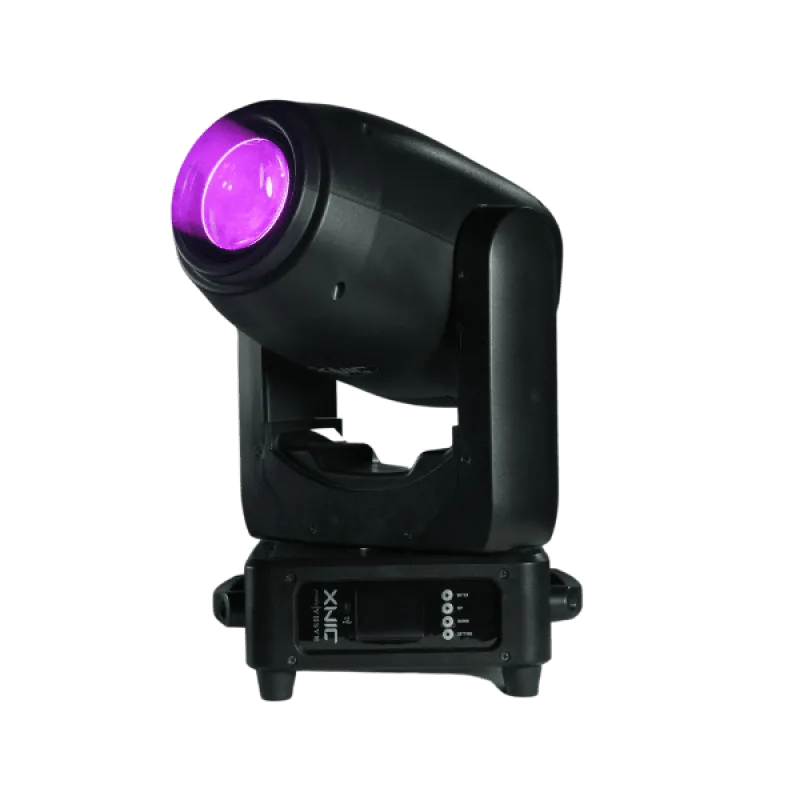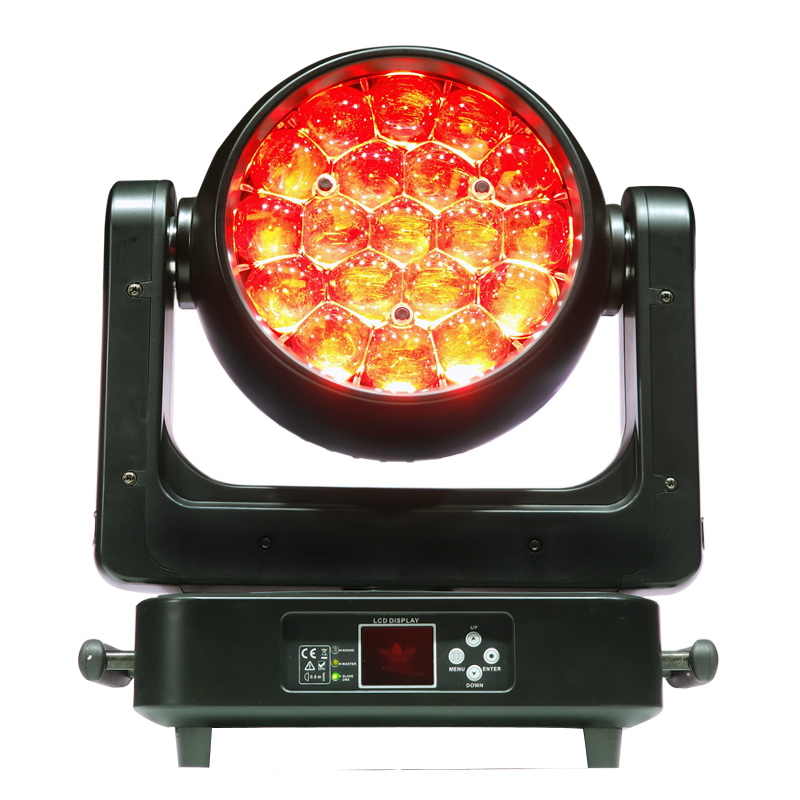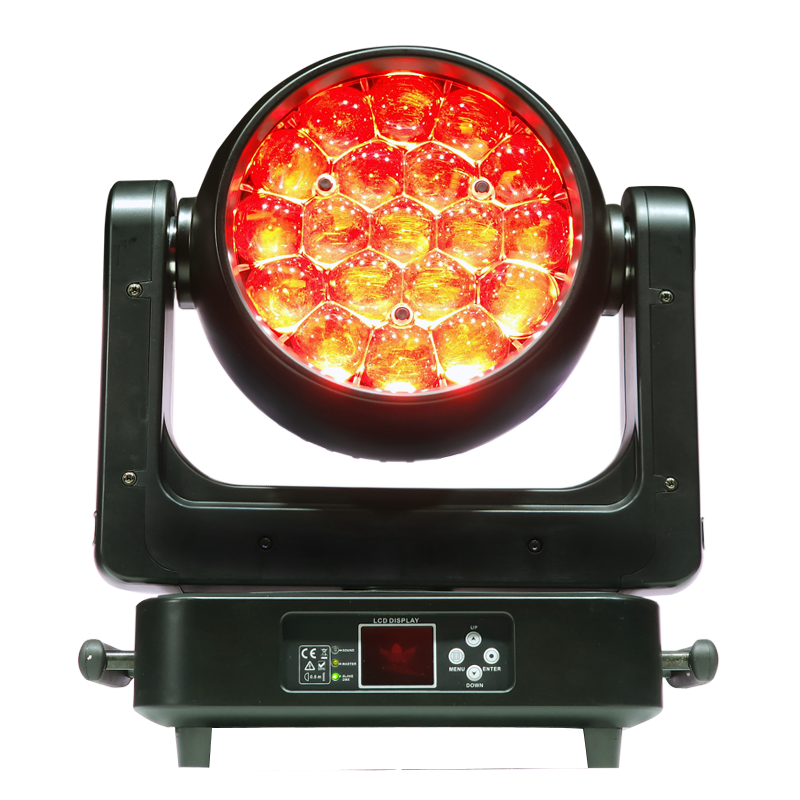How to Make Your Own DIY Fog Machine: Step-by-Step Guide for Beginners
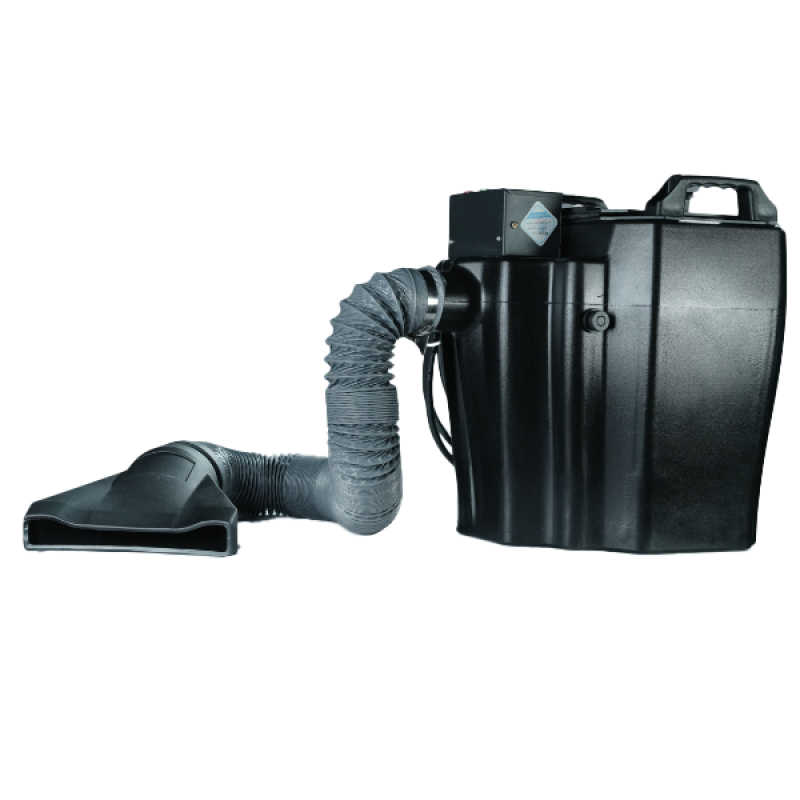
Strong 8k brings an ultra-HD IPTV experience to your living room and your pocket.
Whether it’s a spooky Halloween party, a wedding dance floor, or a dramatic stage effect, fog adds an irresistible atmosphere to any event. While professional fog machines are widely available, they can be expensive or not customizable to your liking. That’s why many enthusiasts opt for the do-it-yourself route—building their own fog machine at home.
One especially popular option is the dry ice fog machine, known for its dense, low-lying fog that hugs the ground like a blanket of mist. It’s ideal for theatrical setups or hauntingly beautiful event entrances—and surprisingly easy to make yourself with a few household materials.
In this guide, we’ll explore how fog machines work, compare different DIY approaches, and walk you through the steps to make both heat-based and dry ice-based fog machines at home, safely and effectively.
Understanding How Fog Machines Work
Before jumping into the build, it helps to understand the science behind the fog.
Fog machines typically work by heating a special fog fluid (usually made from a water-glycol mix or glycerin-based solution). The heat vaporizes the liquid, which then condenses into tiny droplets when it contacts cooler air—creating the iconic “fog” effect.
There are two primary types of fog effects:
Heated fog machines – Use a heating element to vaporize fog fluid into dense clouds.
Dry ice fog machines – Use solid carbon dioxide (dry ice) combined with hot water to produce low-lying fog without the need for electronics.
Each type has its advantages. Heated machines produce lasting fog effects but require power and care. Dry ice foggers are safer in some ways and ideal for floor-hugging effects, but they require consistent dry ice sourcing and careful handling.
DIY Fog Machine Methods Compared
Before building, you’ll need to decide which method works best for your budget, safety comfort, and desired outcome.
How to Make a DIY Fog Machine with Household Items
Materials You’ll Need:
A plastic or metal bottle (heat-resistant)
Rubber tubing (aquarium tubing works)
Candle or tea light
Aluminum foil or small tin
Glycerin (available at pharmacies)
Distilled water
Duct tape or glue gun
Scissors or box cutter
Optional: small PC fan to blow fog
DIY Fog Fluid Recipe:
Mix 3 parts distilled water with 1 part pure glycerin.
Shake well and pour into your machine's chamber.
Safety Note: Always use heat-resistant containers and work in a well-ventilated space. Keep a fire extinguisher nearby.
Step-by-Step Build:
Step 1: Prepare the Fog Chamber
Cut a hole in your bottle cap just large enough to insert the rubber tubing.
Attach tubing securely and seal with duct tape or glue.
Step 2: Build the Heating Element
Use a small tin or aluminum foil to create a “cup” for the fog fluid.
Position this directly above a candle or tea light.
Place the fog fluid inside the cup, using just a teaspoon.
Step 3: Combine Components
Place the bottle horizontally with tubing sticking out.
Direct the open end of the tube away from the heat source.
When the glycerin heats, fog will form inside the bottle and be pushed out the tubing.
Step 4: Test and Adjust
Light the candle.
As fog begins to build, gently blow into the bottle or use a fan to release the fog outward.
Tips:
Use thicker tubing for higher fog volume.
Don’t overfill with fluid—small amounts work better.
Never leave your fogger unattended while lit.
How to Make a Dry Ice Fog Machine at Home
Perfect for low-lying effects, this method is ideal for Halloween, theater shows, or magical entrances.
Materials You’ll Need:
Dry ice (solid CO₂, available from ice suppliers)
Insulated container (styrofoam cooler or metal bucket)
Hot water
Optional: plastic tubing, fan, PVC pipe
Step-by-Step Guide:
Step 1: Prepare the Container
Use a cooler or metal pot that can hold boiling water and withstand the cold of dry ice.
Step 2: Add Hot Water
Fill halfway with very hot water. The hotter the water, the denser the fog.
Step 3: Add Dry Ice
Wearing gloves, place a few chunks of dry ice into the hot water.
Immediately, thick, ground-hugging fog will start pouring out.
Step 4: Control the Direction
For stage control or dance floors, attach PVC pipe or tubing to the container lid.
Use a fan to push the fog through the tubing into your desired area.
Dry Ice Safety Tips:
Never touch dry ice with bare hands (risk of frostbite).
Use in ventilated spaces; CO₂ buildup can be hazardous in closed rooms.
Never seal dry ice in an airtight container—it may explode.
Safety Precautions for DIY Fog Machines
No matter which method you use, safety is non-negotiable. Here are some crucial points to keep in mind:
For Heat-Based Machines:
Always place the heating element on a non-flammable surface.
Keep children and pets away from open flames.
Don’t overheat glycerin—it can produce irritating smoke.
For Dry Ice Foggers:
Use tongs or gloves when handling dry ice.
Avoid enclosed rooms; ensure proper ventilation to prevent CO₂ buildup.
Don’t lean over the container to inhale fog—it's concentrated CO₂.
General Guidelines:
Always test your machine outdoors first.
Use fire extinguishers and safety goggles.
Dispose of unused materials responsibly.
Maintenance & Cleanup Tips
DIY machines are simple, but they still need basic care:
For Heat-Based Foggers:
Clean metal containers after each use to avoid residue buildup.
Store fog fluid in a sealed bottle away from heat and light.
Check tubing for blockages before use.
For Dry Ice Machines:
Dispose of leftover dry ice in open air—do not pour it down the sink.
Rinse your container with warm water to prevent frost damage.
Dry completely before storing to avoid rust or mold.
When to Use a DIY Fog Machine vs. Buy One
Not sure if building is right for you? Here’s a quick comparison:
If you plan frequent use or need precision timing (e.g., syncing with music), consider investing in a machine. But if you're looking for a one-time effect or a DIY thrill, homemade wins.
Creative Uses for Your DIY Fog Machine
The beauty of a fog machine is how dramatically it transforms any space. Here are some killer ideas:
Halloween Effects:
Place a dry ice fogger in a jack-o’-lantern.
Line the walkway with fog for guests.
Weddings:
Create a magical fog layer during the first dance.
Use under the cake table for a dreamy reveal.
Theater & Performances:
Add mystery to entrances or dramatic monologues.
Use behind curtains for a slow fog roll reveal.
Photoshoots:
Fog adds texture and mystery.
Combine with backlighting for surreal portraits.
Frequently Asked Questions
1. Is it safe to make your own fog machine?
Yes, as long as you follow proper safety protocols—especially with heat sources and dry ice.
2. Can I use any fog fluid in a DIY fogger?
Not always. Use a mix of distilled water and pure glycerin. Avoid scented oils or chemicals not meant for vaporization.
3. What’s the best method for low-lying fog?
A dry ice fog machine is ideal—it creates heavy fog that clings to the ground without rising quickly.
4. How long will the fog last?
Dry ice fog typically lasts 5–10 minutes per load. Heat-based foggers can run longer depending on fuel and fluid supply.
5. Can I use essential oils in my fog machine?
No. They’re flammable and unsafe to heat or vaporize. Stick with recommended fog fluid ingredients.
6. Will fog trigger smoke alarms?
Yes, especially in enclosed indoor areas. Always test in advance and alert venue managers before use.
7. Is dry ice fog safe for indoor use?
Only with proper ventilation. CO₂ can displace oxygen in closed rooms. Use fans and avoid prolonged exposure.
Conclusion
Making your own fog machine is not only fun but also a rewarding DIY project that brings drama and visual excitement to any event. Whether you go with a heat-based glycerin setup or a low-lying dry ice fog machine, you'll find that with a few materials and some safety precautions, you can create stunning fog effects at a fraction of the cost of commercial machines.
So gather your materials, follow the steps, and let your next event float on a cloud of foggy brilliance. 🕯️🌫️
Note: IndiBlogHub features both user-submitted and editorial content. We do not verify third-party contributions. Read our Disclaimer and Privacy Policyfor details.



